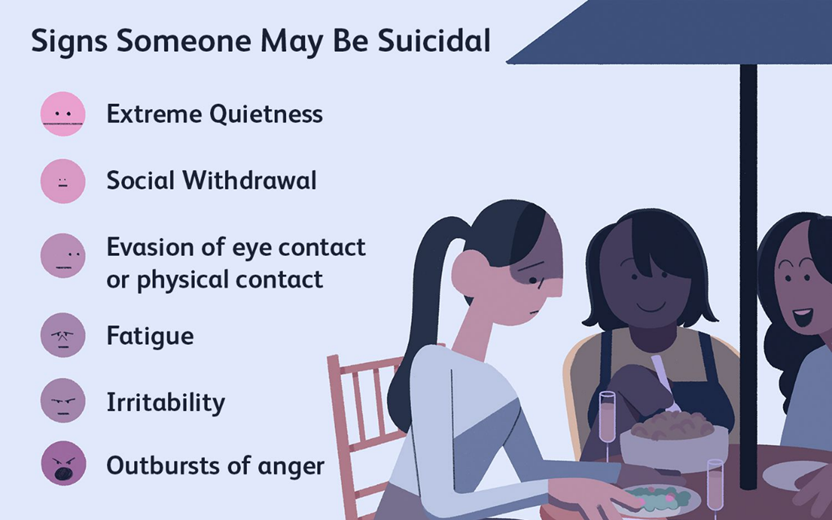A nurse reviews notes for a school-age child from the child's schoolteacher. The teacher reports that the student cannot focus, has a short attention span, and has had consistently low grades for 6 months. Which of the following problems should the nurse suspect?
Lack of mentoring
Transportation challenges
Unhealthy family relationships
Food insecurity
The Correct Answer is D
Choice A reason: Lack of mentoring
Lack of mentoring can affect a child's academic performance, but it is less likely to be the primary cause of a short attention span and inability to focus. Mentoring programs can help improve academic outcomes by providing guidance, support, and motivation. However, the symptoms described—short attention span and inability to focus—are more directly linked to other underlying issues.
Choice B reason: Transportation challenges
Transportation challenges can lead to increased absenteeism and lower academic performance. However, they are not typically associated with a short attention span or inability to focus. While transportation issues can cause stress and fatigue, they do not directly impact a child's cognitive abilities in the same way that other factors might.
Choice C reason: Unhealthy family relationships
Unhealthy family relationships can significantly impact a child's emotional and psychological well-being, which in turn can affect their academic performance. Children from families with poor communication, high conflict, or lack of support may struggle with concentration and focus. However, the primary symptoms described—short attention span and inability to focus—are more commonly associated with other specific issues.
Choice D reason: Food insecurity
Food insecurity is directly linked to cognitive and behavioral issues in children. Lack of adequate nutrition can lead to difficulties in concentration, short attention span, and overall poor academic performance. Children who do not have reliable access to nutritious food are more likely to experience fatigue, irritability, and difficulty focusing, which aligns with the symptoms described in the scenario.
Nursing Test Bank
Naxlex Comprehensive Predictor Exams
Related Questions
Correct Answer is C
Explanation
Choice A: "I Think That I Missed Two Math Tutoring Classes Last Week, But I Can Still Catch Up."
This statement indicates that the client is aware of their academic responsibilities and is optimistic about catching up. Missing a couple of classes is not uncommon, and the client's positive attitude towards catching up is a good sign. This statement does not indicate an immediate need for intervention regarding their mental health.
Choice B: "I Have Not Used Drugs in 6 Weeks."
This statement is positive and indicates progress in the client's efforts to stay away from substance use. It shows that the client is making strides towards healthier behaviors, which is a crucial aspect of their overall well-being. This statement does not require immediate intervention but should be acknowledged and supported.
Choice C: "I Don't Have Anyone I Can Talk to About My Problems."
This statement is concerning and indicates a lack of social support, which is critical for someone with a history of depression and suicidal ideation. Feeling isolated and having no one to talk to can exacerbate feelings of depression and increase the risk of suicidal thoughts. This statement requires immediate intervention to ensure the client receives the necessary support and resources to address their feelings of isolation.
Choice D: "I Have Been Participating in My Local YMCA After-School Dance Program Again."
This statement is positive and indicates that the client is engaging in social and physical activities, which can be beneficial for their mental health. Participation in such programs can provide a sense of community, improve mood, and reduce feelings of isolation. This statement does not require immediate intervention but should be encouraged and supported.

Correct Answer is D
Explanation
Choice A Reason:
Team member instinct should drive decisions made throughout the process. This statement is incorrect because the Strategic Prevention Framework (SPF) emphasizes data-driven decision-making rather than relying on instinct. The SPF process involves systematic assessment, planning, implementation, and evaluation based on evidence and community needs.
Choice B Reason:
Different steps of the framework should be assigned to specific subgroups. While it is beneficial to have subgroups focus on different aspects of the framework, the SPF encourages collaboration and integration across all steps. Assigning specific steps to subgroups can lead to a fragmented approach, which is not in line with the holistic and iterative nature of the SPF.
Choice C Reason:
During the assessment phase, the team should consider the available resources. This statement is true but not specific to the SPF. Considering available resources is a standard practice in many planning and implementation frameworks. The unique aspect of the SPF is its circular and iterative process, which allows for continuous improvement and adaptation.
Choice D Reason:
The process is circular, steps may be revisited, and more than one step may be happening at the same time. This is the correct answer because it accurately describes the nature of the Strategic Prevention Framework. The SPF is designed to be flexible and iterative, allowing for ongoing assessment, planning, implementation, and evaluation. This approach ensures that the prevention efforts can adapt to changing circumstances and new information, making it more effective in addressing community needs.
Whether you are a student looking to ace your exams or a practicing nurse seeking to enhance your expertise , our nursing education contents will empower you with the confidence and competence to make a difference in the lives of patients and become a respected leader in the healthcare field.
Visit Naxlex, invest in your future and unlock endless possibilities with our unparalleled nursing education contents today
Report Wrong Answer on the Current Question
Do you disagree with the answer? If yes, what is your expected answer? Explain.
Kindly be descriptive with the issue you are facing.
